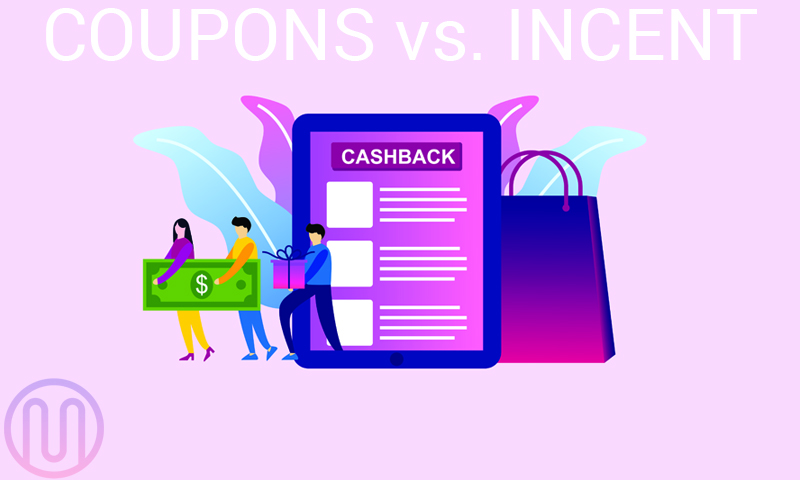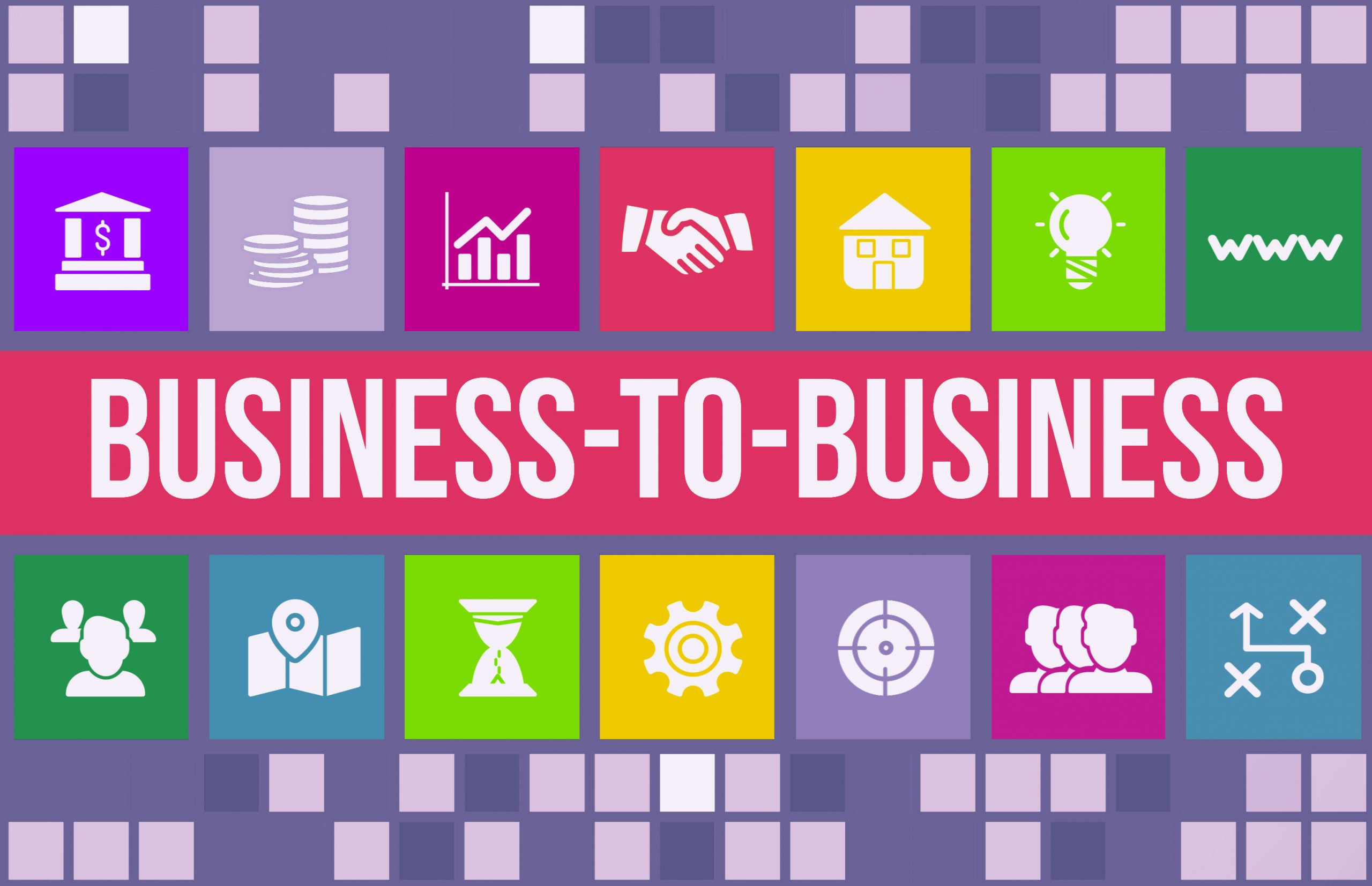
Coupons vs. Incent
Ask almost anyone in the affiliate world and they will tell you incent is spelled with four letters. Coupons aren’t quite as dirty of a word, but that also depends who you ask. Some companies like Rakuten and Swagbucks are working to change the narrative around incent with stronger fraud measures and advertiser friendly terms. Affiliates like Honey and Retail Me Not are also working to ensure that coupon/promotional strategies don’t go the way of the dinosaur either. But, how did we get here?
What’s the difference between coupons and incent as a promotional method?
Incent Traffic
Incentivized traffic was created with good intentions. A user sees a product or service that interests them and the reward, or cashback, incentivizes them to make the purchase. In some ways, it works just like a coupon but instead of getting cash back a coupon keeps money in the shopper’s pocket. Where incent platforms went wrong wasn’t their fault, it was their users.
When presented with the opportunity to receive cashback, some users began gaming the system to put money in their pocket instead of simply getting it back. Fraudulent users will sign up for programs, services, or make purchases and cancel immediately. In other instances, they will dispute the charges with their credit card companies, resulting in charge backs to the advertiser. Depending on the conversion point of an affiliate program, users might also create multiple accounts and sign up for numerous offers to multiply their cashback.
This is obviously bad traffic and bad for the advertiser. When done right, or for the right advertiser, incent can be a profitable strategy. However, if a promotional strategy is part of your marketing mix, coupons are a safer way to “reward” shoppers for their purchase with less risk of loss and fraud.
By keeping money in the shoppers’ pocket, instead of paying back the user, advertisers can minimize fraud risks and chargebacks by working with coupons instead. Some loyalty sites argue that an advertiser has access to their user base, which is the benefit of offering cashback to user. The flaw in this logic is that if a shopper were serious about a purchase, they would prefer to keep their money (in the form of savings) rather than wait for a “refund” from the cashback platform. Shoppers also seek the best deal online, whether that’s cashback or a coupon. If all things are created equal – where the coupon amount and cashback are equal – we challenge you to find a shopper that would rather spend the money and wait for it to come back, instead of keeping it in their bank account.
All this talk of fraud and chargebacks makes incent sound like bad traffic. It’s not. If the incent/cashback/loyalty partner has the demographic to align with an advertiser, the reward does not exceed the cost to the user, and the conversion point minimizes or eliminates fraud; rewarded traffic can be a valuable traffic source.
Coupon Traffic
Coupons came about when advertisers tried to undercut their competition by offering similar products for less and because of the psychology of sales that makes consumers feel better about saving money on their purchases. It’s common for a consumer to tell you what they saved on a product before talking about what they spent. So, how did coupons get a bum rap? Overuse.
Excessive and constant discounting from brands and stores has led consumers to expect a deal whenever they shop. Invicta watches, for example, sets their MSRP to thousands of dollars but sells their watches at 90%+ “discounts” almost everywhere online. There are a few problems with this constant discount strategy.
First, consumers expect that your products will always be on sale and, as a result, will wait for a sale before purchasing. When a brands discount strategy is to always be on sale, it can cheapen the brands appearance. This also becomes a hurdle that’s hard to get over if the discount strategy changes.
Second, when a brand is constantly on sale consumers begin to consider that the “normal” price of a product. So, in order to move them into or down the sales funnel, additional discounting is needed. On the plus side, offering additional discounts can move consumer down the funnel – unlike a constant sale strategy without additional discounting, where the constant sale doesn’t move consumers.
In order to move consumers down the funnel with a constant discount strategy, it takes more touches. Your brand needs to appear in front of shoppers at the right moment to remind or educate them about your brand.
Should you be using coupons and incentivized traffic in your affiliate program?
Regardless of your current promotional strategy, coupons should be a part of the mix. Coupons do not just offer a discount to consumers. They also act as promotions online. If a user on a forum contributes to a thread and offers a discount code, they used to save X% on a brand, this is free organic advertising. That user may affect a purchase from a consumer that knows about the brand, or it might affect a user to visit a site and convert. Worst case scenario, it’s a touch from a brand that might impact future buying habits from a positive experience.
Incentivized traffic can be a useful source for any affiliate program, provided that the payout backs out for an advertiser. Tracking fraud, charge backs, and the retention rate from incent partners is a must. The lifetime value of a user brought in from loyalty sites is not equal to those brought in through most other channels, with some exceptions. Gig-economy offers perform and back out very well for cashback sites because their users are looking to earn money, which is the point of the gig-economy. Their large user base is also a great place to grab traffic or increase conversions, if a brand is in a growth stage and seeking funding.
Getting Started with a Coupon Strategy
Consumer trust coupons they find on third party sites more than coupons on an advertisers’ site. That’s where coupon partners, like Magnattract, come in to play. Sure, there are coupon aggregators online that can be leveraged, but those are not organic, and advertisers often see them as just grabbing commissions after other channels did the heavy lifting. A brand socializer can organically promote an advertiser through multiple channels like blogs, forums, and social media without appearing promotional in nature.
Table of contents
Related articles

Coupons vs. Incent
Ask almost anyone in the affiliate world and they will tell you incent is spelled with four letters. Coupons aren’t quite as dirty of a word, but that also depends who you ask. Some companies like Rakuten and Swagbucks are working to change the narrative around incent with stronger fraud measures and advertiser friendly terms. Affiliates like Honey and Retail Me Not are also working to ensure that coupon/promotional strategies don’t go the way of the dinosaur either. But, how did we get here?
What’s the difference between coupons and incent as a promotional method?
Incent Traffic
Incentivized traffic was created with good intentions. A user sees a product or service that interests them and the reward, or cashback, incentivizes them to make the purchase. In some ways, it works just like a coupon but instead of getting cash back a coupon keeps money in the shopper’s pocket. Where incent platforms went wrong wasn’t their fault, it was their users.
When presented with the opportunity to receive cashback, some users began gaming the system to put money in their pocket instead of simply getting it back. Fraudulent users will sign up for programs, services, or make purchases and cancel immediately. In other instances, they will dispute the charges with their credit card companies, resulting in charge backs to the advertiser. Depending on the conversion point of an affiliate program, users might also create multiple accounts and sign up for numerous offers to multiply their cashback.
This is obviously bad traffic and bad for the advertiser. When done right, or for the right advertiser, incent can be a profitable strategy. However, if a promotional strategy is part of your marketing mix, coupons are a safer way to “reward” shoppers for their purchase with less risk of loss and fraud.
By keeping money in the shoppers’ pocket, instead of paying back the user, advertisers can minimize fraud risks and chargebacks by working with coupons instead. Some loyalty sites argue that an advertiser has access to their user base, which is the benefit of offering cashback to user. The flaw in this logic is that if a shopper were serious about a purchase, they would prefer to keep their money (in the form of savings) rather than wait for a “refund” from the cashback platform. Shoppers also seek the best deal online, whether that’s cashback or a coupon. If all things are created equal – where the coupon amount and cashback are equal – we challenge you to find a shopper that would rather spend the money and wait for it to come back, instead of keeping it in their bank account.
All this talk of fraud and chargebacks makes incent sound like bad traffic. It’s not. If the incent/cashback/loyalty partner has the demographic to align with an advertiser, the reward does not exceed the cost to the user, and the conversion point minimizes or eliminates fraud; rewarded traffic can be a valuable traffic source.
Coupon Traffic
Coupons came about when advertisers tried to undercut their competition by offering similar products for less and because of the psychology of sales that makes consumers feel better about saving money on their purchases. It’s common for a consumer to tell you what they saved on a product before talking about what they spent. So, how did coupons get a bum rap? Overuse.
Excessive and constant discounting from brands and stores has led consumers to expect a deal whenever they shop. Invicta watches, for example, sets their MSRP to thousands of dollars but sells their watches at 90%+ “discounts” almost everywhere online. There are a few problems with this constant discount strategy.
First, consumers expect that your products will always be on sale and, as a result, will wait for a sale before purchasing. When a brands discount strategy is to always be on sale, it can cheapen the brands appearance. This also becomes a hurdle that’s hard to get over if the discount strategy changes.
Second, when a brand is constantly on sale consumers begin to consider that the “normal” price of a product. So, in order to move them into or down the sales funnel, additional discounting is needed. On the plus side, offering additional discounts can move consumer down the funnel – unlike a constant sale strategy without additional discounting, where the constant sale doesn’t move consumers.
In order to move consumers down the funnel with a constant discount strategy, it takes more touches. Your brand needs to appear in front of shoppers at the right moment to remind or educate them about your brand.
Should you be using coupons and incentivized traffic in your affiliate program?
Regardless of your current promotional strategy, coupons should be a part of the mix. Coupons do not just offer a discount to consumers. They also act as promotions online. If a user on a forum contributes to a thread and offers a discount code, they used to save X% on a brand, this is free organic advertising. That user may affect a purchase from a consumer that knows about the brand, or it might affect a user to visit a site and convert. Worst case scenario, it’s a touch from a brand that might impact future buying habits from a positive experience.
Incentivized traffic can be a useful source for any affiliate program, provided that the payout backs out for an advertiser. Tracking fraud, charge backs, and the retention rate from incent partners is a must. The lifetime value of a user brought in from loyalty sites is not equal to those brought in through most other channels, with some exceptions. Gig-economy offers perform and back out very well for cashback sites because their users are looking to earn money, which is the point of the gig-economy. Their large user base is also a great place to grab traffic or increase conversions, if a brand is in a growth stage and seeking funding.
Getting Started with a Coupon Strategy
Consumer trust coupons they find on third party sites more than coupons on an advertisers’ site. That’s where coupon partners, like Magnattract, come in to play. Sure, there are coupon aggregators online that can be leveraged, but those are not organic, and advertisers often see them as just grabbing commissions after other channels did the heavy lifting. A brand socializer can organically promote an advertiser through multiple channels like blogs, forums, and social media without appearing promotional in nature.




